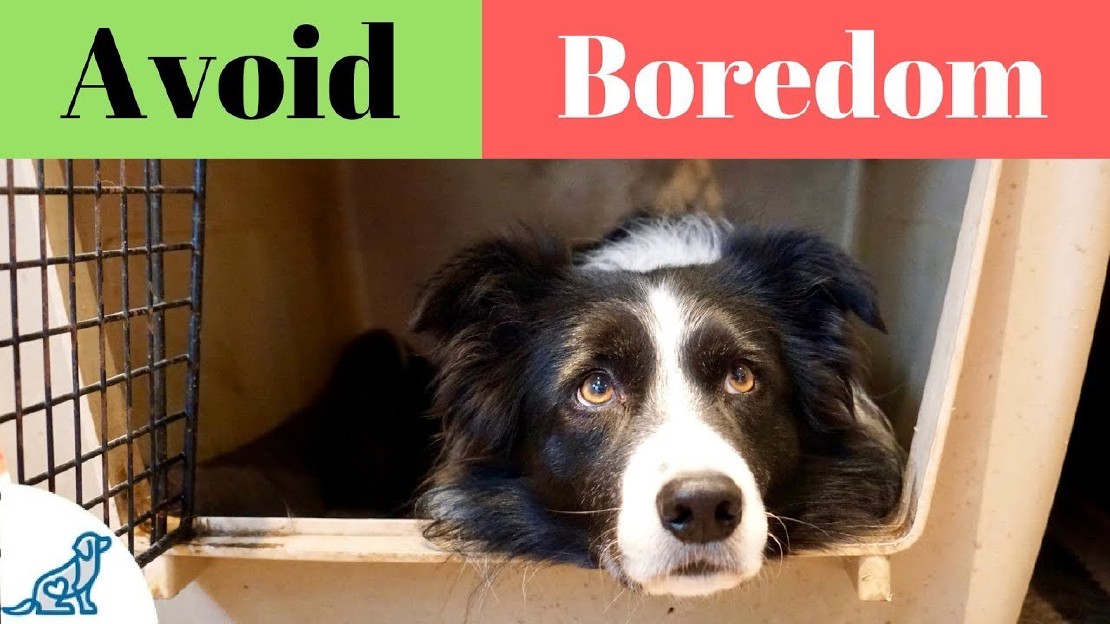5 Reasons Your Dog May be Peeing Inside and How to Stop It
Why has my dog started peeing inside? Is your dog having accidents in the house? Don’t worry, you’re not alone. Many dog owners have …
Read Article
As a dog owner, it’s important to create a calm and relaxing environment for your furry friend. Just like humans, dogs need rest and relaxation to stay healthy and happy. However, it’s not always easy to keep your dog calm, especially if they are easily excitable or have a lot of energy. That’s why we’ve put together these five tips to help you keep your dog calm and resting.
By following these tips, you can create a calm and peaceful environment for your dog and help them relax and rest. Remember, a well-rested dog is a happy dog!
If you want to keep your dog calm and resting, here are some tips to help you achieve that:
Remember, each dog is unique, so it may take some time to find the strategies that work best for your furry friend. Be patient and consistent in your efforts, and soon you’ll have a calm and contented dog resting peacefully by your side.
Rest is an essential part of a dog’s overall health and well-being. As a responsible pet owner, it’s important to provide your dog with a comfortable and peaceful environment for resting. Here are some tips to help your dog relax and get the rest they need:
Remember, every dog is unique, and it may take some trial and error to find the best strategies for helping your dog rest. Pay attention to their individual preferences and behavior to tailor their resting routine to their specific needs. With these tips, you can help your dog maintain a calm and rested state, promoting their overall health and well-being.
There are a few strategies you can try to keep your dog calm during thunderstorms. First, create a safe and secure space for them to retreat to, such as a crate or a small room. This will help them feel protected and reduce the noise from the storm. You can also try playing soothing music or providing white noise to drown out the thunder. Additionally, there are calming products available, such as calming wraps or sprays, that can help reduce anxiety. Finally, it’s important to remain calm yourself and provide reassurance and comfort to your dog during the storm.
If your dog is restless during the night, there are a few things you can try to help them relax and sleep. First, make sure they have plenty of physical and mental stimulation during the day to tire them out. This could include walks, playtime, and puzzle toys. Providing a comfortable and quiet sleeping area can also help. You can try placing a familiar blanket or toy in their bed to make them feel more secure. If your dog is experiencing discomfort or pain, it’s important to address these underlying issues by consulting with a veterinarian.
To train your dog to relax on command, you can use a technique called “capturing calmness.” This involves rewarding your dog for being relaxed and calm. Start by reinforcing any calm behavior your dog exhibits naturally, such as lying down and relaxing. Use a clicker or a verbal marker, followed by a treat or praise, to signal to your dog that they are doing the desired behavior. Repeat this process consistently and gradually increase the duration of the calm behavior before giving the reward. With practice, your dog will learn to associate the command with relaxation and will be able to relax on command.
If your dog has separation anxiety, there are several strategies you can try to help them cope. Gradual desensitization can be helpful, which involves exposing your dog to being alone for short periods of time and gradually increasing the duration. Start with just a few seconds and gradually work up to longer periods. Using interactive toys or treat-dispensing toys can also provide mental stimulation and help distract your dog from their anxiety. Creating a predictable routine and providing a safe and comfortable space for your dog when you’re not home can also help. If the anxiety is severe, it may be beneficial to consult with a professional dog trainer or behaviorist.
Why has my dog started peeing inside? Is your dog having accidents in the house? Don’t worry, you’re not alone. Many dog owners have …
Read ArticleWhy don t other dogs like my dog? Every dog has a unique personality, just like humans. Some dogs are energetic and playful, while others are more …
Read ArticleWhy dogs eat their newborn puppies? It is a shocking and distressing sight to witness a mother dog eating her own newborn puppies. This behavior, …
Read ArticleWill green beans help my dog lose weight? Many dog owners struggle with helping their furry friends maintain a healthy weight. Obesity in dogs can …
Read ArticleWhat should i get my dog for christmas? The holiday season is fast approaching, and it’s time to start thinking about what gifts to get for your …
Read ArticleWill getting my male dog fixed calm him down? Hyperactivity in male dogs can be a common issue for many pet owners. It can manifest in various forms, …
Read Article